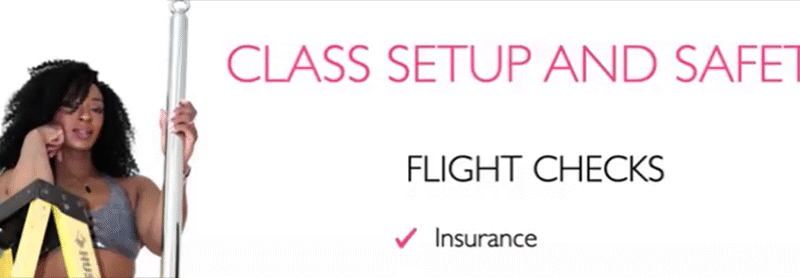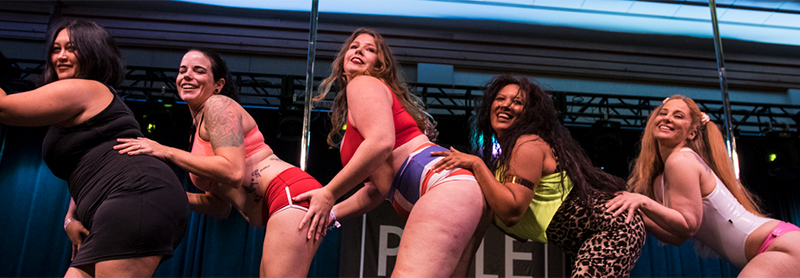A train-cation is a trip (usually away from home) where you focus for a specific…

Top 3 Safety Must-Haves for Pole Dance Events and Competitions
The popularity of pole dance events, shows, and competitions is increasing all over the world. Establishing and maintaining safety of pole dance athletes participating in these events is crucial!
Although injuries and emergencies are rare, pole dance is undeniably a dangerous sport. Below are the top 3 safety must-haves for any pole event.
Addressing these 3 items will not only improve the safety of event participants, but can also limit liability of your pole business.
Have an Emergency Action Plan
Emergency action plans are written procedures to deal with emergent situations.
The emergency action plan will be specifically made for the location of your pole event. It describes involved personnel and their roles in the case of an injury or emergency. It will also outline communication processes, equipment locations, and emergency escape routes. All medical and event personnel should be familiar with and rehearse the emergency action plan ahead of time.
Read more about emergency action plans for pole businesses here. Members of the IPIA can access a template for an emergency action plan here.
Have an AED On-Site
AED stands for automated external defibrillator. It is a device that can save the life of a person in sudden cardiac arrest.
As we discussed in our post on CPR certification, although the scenario of sudden cardiac arrest is rare, it is a risk with any exercise, including pole dancing. Therefore, it is crucial to have an AED on-site at your pole event. AEDs are effective when delivered within two minutes of sudden cardiac arrest. So they must be stationed in easily accessible locations.
Many event venues, like hotels or convention centers, will already have AEDs on site. Sometimes medical staff will provide an AED as part of their medical coverage. Make sure to check with the venue and your medical staff ahead of time.
Have Medical Staff On-Site
The last safety must-have at your pole event is medical staff on-site. These medical staff should be healthcare professionals trained and specialized in dealing with athletic-related injuries and emergent situations. They will need to know your event’s emergency action plan. They will be ready to respond quickly to any emergent situation.
The most ideal team of medical staff would be:
- An athletic trainer as the first responder
- A physician to oversee and provide assistance to the athletic trainer
- EMTs to support the team in life-threatening situations
Many sporting events in the U.S. (i.e., local road races, high school football games, etc.) employ this medical team structure.
However, we recognize it might not be within budget to employ a full medical team. In this case, reach out to your local EMTs or healthcare facilities to see if they provide outreach medical coverage. Sometimes they will volunteer their time in trade for marketing of their healthcare practice at your event.
In closing, addressing these 3 safety must-haves will not only protect the pole athletes at your event, but also your business.
If you have questions about athlete safety and medical coverage for your pole event, reach out to IPIA member and athletic trainer Dr. Jenny Hunnicutt at info@drjennypoles.com.



